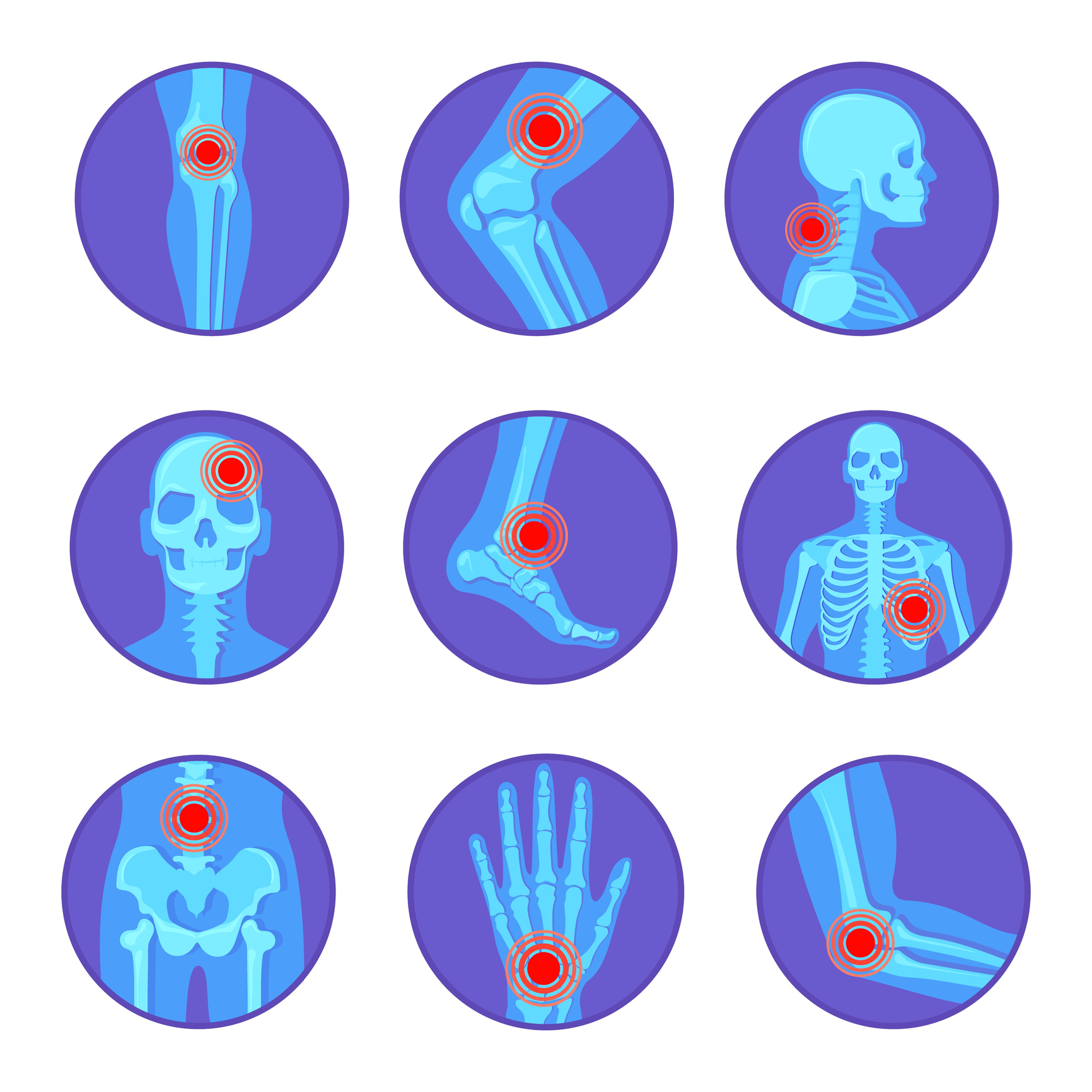This study explored the different effects of pulsed high-intensity laser therapy (HILT) versus pulsed electromagnetic field (EMF) in the treatment of chronic nonspecific low back pain (ChNsLBP). Between August and December 2019, 51 ChNsLBP participants with a mean age of 35.2 ± 8.6 years were enrolled in this prospective comparative study. At random, they were divided into three groups, 17 in each; HILT, EMF, and controls. HILT group was recruited for Nd:YAG laser using the following parameters: a wavelength of 1064 nm, fluency of 610-810 mJ, frequency of 10-40 Hz, average power of 10.5 W, and 120 μs short pulse duration in scanning mode. All groups received the treatment twice a week for 8 consecutive weeks. They were assessed for the modified Oswestry disability index (MODI), pain disability index (PDI), visual analog scale (VAS), and lumbar flexion range of motion (flex ROM) before and after 8 weeks of study program. The results showed greater improvement in the HILT group (VAS, PDI, MODI, and lumbar flex ROM, = 0.001) than the EMF group (VAS, = 0.002, PDI, = 0.045, MODI, = 0.002, and lumbar flex ROM, = 0.042), with significant difference between the two groups in favor of the HILT group ( ˂ 0.05). Depending on the results of the study, both HILT and EMF are useful physiotherapy modalities in the treatment of ChNsLBP with HILT exhibiting better outcomes than EMF. Clinical recommendations should be highlighted to instigate the use of HILT in the management of musculoskeletal disorders, distinctively ChNsLBP.
A Prospective Comparative Study of Pulsed High-Intensity Laser Therapy and Pulsed Electromagnetic Field on Chronic Nonspecific Low Back Pain.


